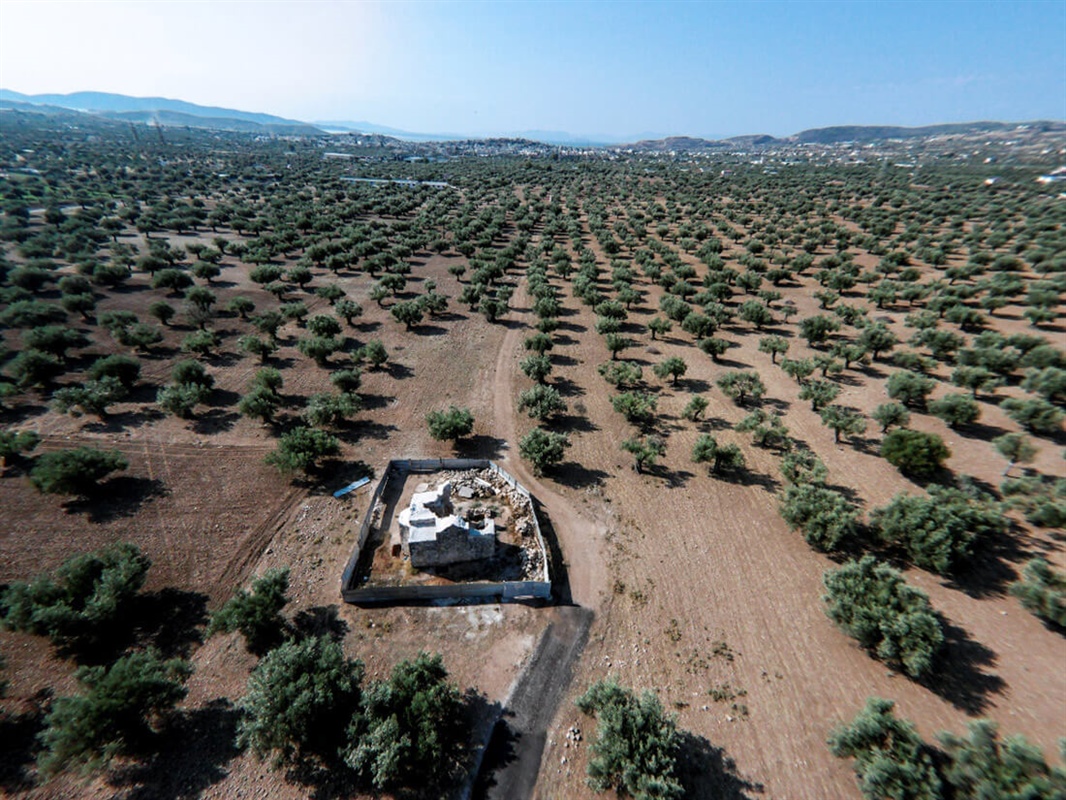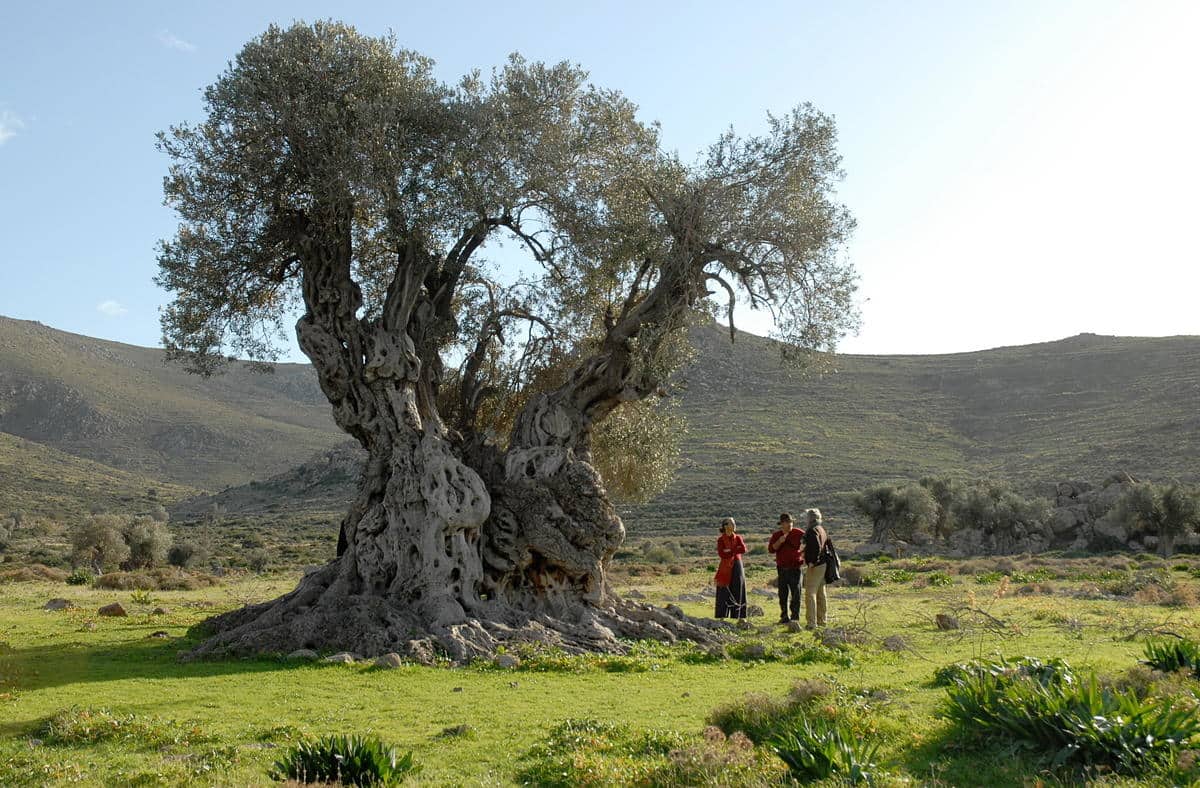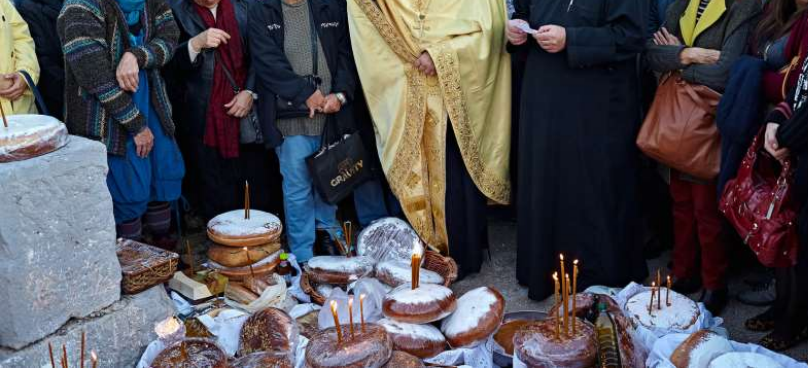Olive Groves of Attica
Useful
Information
Olive Groves of Attica
The olive tree is considered the sacred tree of Athens, protected by the goddess Athena, who offered its fruit to the ancient city. The eternal symbol of wisdom, peace, serenity and culture, was cultivated in ancient Athens and all over Attica, covering extensive areas of land. The olive tree was associated with the prosperity and residential development of the region. It was praised by Herodotus and Sophocles. The sanctity of the olive tree created a mystical link between the gods and man.
The Athenians believed that the olive groves in the area of Elaionas were sacred. For this reason, arson and destruction of the olive grove was condemned in ancient Athens. The land belonged to the inhabitants, but the olive trees belonged to the state, and if someone committed an illegal act against the sacred trees, he would be brought before the highest judicial body, the Areios Pagos. Planting an olive tree was also considered a sacred act, as it was equivalent to building a temple and was a supreme blessing. Provisions for the protection of olive trees are also found in the laws of Solon. The area of Elaionas, which has kept its name since antiquity, was part of the ancient municipality of Attica, Lakiades, through which the ancient Sacred Way (Iera Odos) passed.
It is remarkable that throughout the centuries the olive tree never lost its sanctity. Even today, olive oil represents holiness. Christianity is inseparable from the olive tree. The Olive Grove of Megara is a typical example of this connection, since among the trees are preserved to this day the Byzantine churches of Elaion, which travelers saw in the 17th century. The churches of the Transfiguration of the Savior, Saint Athanasios and Saint George are the most important sites of the area. Other notable sites are, the church of Saint Barbara, which was merged to the modern monastery of Saint Nektarios and Saint Barbara, the Catholic and the churches of Saint Nicholas in “Akres” and Saint Stephen. (as seen in the front picture of the Ephorate of Antiquities of Western Attica).
The decline and the actual end of the olive grove of Athens, which in its heyday exceeded 150,000 trees, came from the arsons during the siege of the city by the forces of the Turkish general Kütahı in 1826.
However, during the same period, parallel to the city of Athens, another huge olive grove had grown around the perimeter of eastern and western Attica, as well as on the Argosaronic islands, which has remained unchanged until today. Areas with extensive olive cultivation can be found in Eastern Attica from Kalivia Thoriko and Vari, in Grammatiko, Paiania, Koropi, Keratea, Rafina, Markopoulo, Vravrona, Spata, in the Northeast in Avlona, Sykaminos and Oropos and in Western Attica in Megara, Elefsina and in Mandra. Finally, on the islands of Salamina, Aegina, Poros and Kythera, while its cultivation continues on the peninsula of Troizinia.
A characteristic element of the centennial olive harvest in Eastern Attica is the oil press and the wine press discovered in the archaeological site of the “Roman Balneum (Baths) in Rafina”, which shows that it was an agro-industrial installation of late antiquity, estimated around the 6th century BC.
*The photos and the geographical position given for the point are indicative, as olive groves are found in various regions of Attica, as mentioned in the text.





